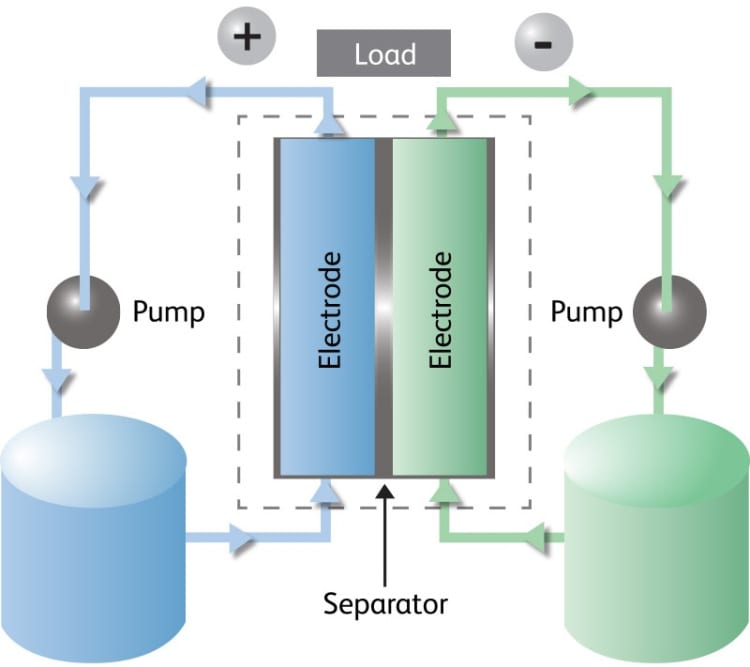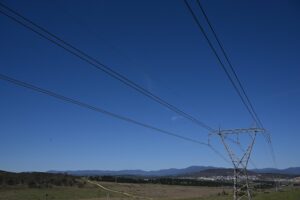Vanadium flow batteries offer the kind of low cost, high capacity energy storage solutions that will help transform the wind and the sun into power sources that rival fossil fuel plants for stability and reliability, but as always there are a couple of catches: where to get the silvery transition metal vanadium, and how to keep the price down?
CleanTechnica has been following one company, American Vanadium, that is solving the US vanadium problem by developing the nation’s only vanadium mine. Located in Nevada, the mine will deploy some low cost operating strategies to keep the price of vanadium down. Putting its money where its mouth is, American Vanadium will also power the mining operations partly by a solar array/vanadium flow battery combo.
Now, here’s another vanadium flow battery company, Imergy™ Power Systems, which has come up with an interesting solution of its own.

Imergy Power Systems
According to an email we received from an Imergy rep, rather than digging for new vanadium Imergy is recovering vanadium from mine tailings and abandoned oil wells. That’s a sustainable strategy which results in significantly lower costs, but the sticky wicket is the quality of the vanadium from those sources.
Imergy has engineered a workaround through a series of patented improvements covering the chemistry and chemical processes of the flow battery itself, as well as materials and stack components, instruments and sensors, and engineering and control systems.
The latest patent, just announced last week, is a new DC-DC converter that Imergy calls the Bi-Directional Buck-Boost Circuit.
Vanadium Flow Batteries For Grid And Renewables
For those of you new to the topic, flow batteries work by the interaction between two liquids flowing in parallel, typically separated by a membrane (some next-gen flow batteries ditch the membrane).
Compared to their lead-acid and lithium-ion cousins, flow batteries are relatively inexpensive to scale up because the basic infrastructure consists mainly of tanks and pumps.
Flow batteries also complement intermittent sources like wind and solar, because they can sit idle for long periods of time without losing their charge and kick into gear quickly when needed.
Both of those factors dovetail with the Obama Administration’s push to get more wind and solar power into the grid, so it’s little wonder that the Department of Energy is pursuing new vanadium flow battery technology on several fronts.
Imergy is also pursuing the market for energy storage solutions that replace diesel generators, such as those typically used by the telecom industry for its remotely located wireless transmission equipment.
Source: Clean Technica. Reproduced with permission.








